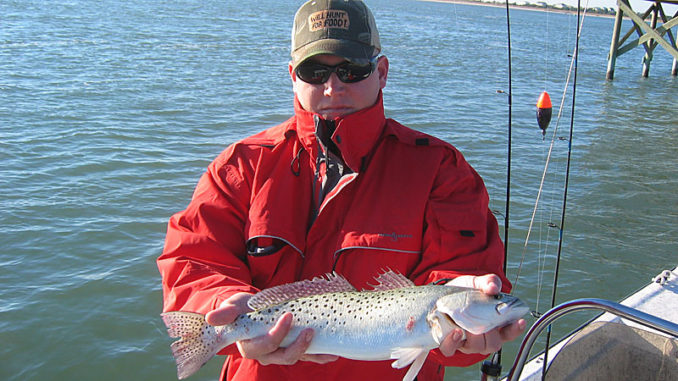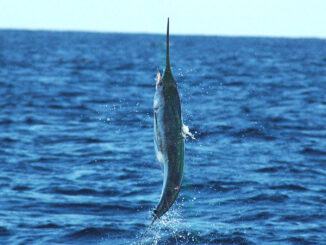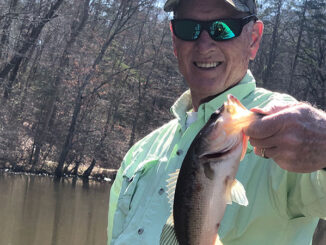
Years ago, my good friend Barrett McMullan took me on a trip to Port Eads, Louisiana, on a skinny water (think bayou) redfish mission.
For the uninitiated, Port Eads is basically a giant concrete dock at the very end of the Mississippi River, with a bunkhouse and a marina.
We spent a couple of days back in the swamps on his Majek, casting incredibly light grubs from a tower toward some of the spookiest fish I have ever encountered. I learned two very important things on that trip.
First, this type of drum fishing resembled bowhunting more than the drum fishing we did back home in the Carolinas. And second, I was absolutely dreadful with a baitcaster in my hands. In fact, I did so poorly on my first day that Barrett mandated that I use a spinning reel for the remainder of the trip.
While those fish were somewhat catchable with spin tackle, to be really good in that fishery you needed to make a long and fairly accurate cast with a light lure, dropping it in the water with as little splash as possible, all the while managing not to backlash the reel. That skill set simply did not exist in my bag of tricks. Time to learn something new.
The fun of it
Let’s face it. Red drum and speckled trout are just more fun to catch on lures. Really and truly, most fish are. Casting tackle is also more beneficial when it comes to throwing lures as well. Higher degree of accuracy, it gives you the ability to fish a stouter rod for the hookset, much less line twist, etc.
I had a bit of a mental block when it came to learning inshore casting tackle, mostly because I had become proficient through the years pitching dead baits at teased up fish offshore. I could handle a conventional reel without any issues. However, there is a massive difference between pitching a dead bait that weighed several ounces on a TLD or 30-pound class reel 20 or 30 feet or so, versus making a much longer and more accurate cast on a baitcaster with a lure that weighed a fraction of an ounce.
In short, they are not the same thing. So, after a lot of trial and error, I figured out the best thing I could do was forget everything I thought I knew and start from scratch.
I bought a couple of baitcasting outfits, spooled them with various types of braid, and rigged up with a few different lures in different weights, all with the hooks cut off. The backyard became a classroom of sorts, and I set out different targets to “hit” while I learned a new trick. I wore our new golden retriever puppy out, time and time again, as chasing a hookless MirrOlure I was practicing with became his new passion, supplanting even his favorite tennis ball.
Eventually I figured out what most already knew in that game: that fine-tuning the baitcasting reel before you even attempt to cast (meaning using BOTH adjustment knobs, the coarse and the fine) is highly important, and that always keeping the most minimal thumb pressure on the spool during the cast is vital.
After a good long while, I felt comfortable enough to try the real thing and go fishing with a baitcaster. Practice pays off, and I now feel at least somewhat proficient with a level-wind reel in my hands.
Have I gotten to Barrett’s level of expertise yet? Of course not, but he won’t be banning me from using one on his boat anymore. I’m actually catching fish with a baitcaster now, instead of just spooking them or spending my time on the water picking out backlashes.
You can apply this same concept to any technique where you feel like you need to improve.
Good anglers can catch fish with two or three methods or types of gear, while great ones simply have a lot more arrows in the quiver. Not to mention, it injects a lot of fun right back into the experience.
If you have spent your life trolling up Spanish mackerel with planers and Clarkspoons, why not deviate from the same old experience and try throwing Got-Cha plugs or StingSilvers for the same fish on fairly light spinning or casting tackle from a drifting boat?
Or get even crazier and throw a Clouser minnow into the school with a 7-weight fly rod? You may be pleasantly surprised at how effective these can be under the right conditions, especially if you took the “dead” month of February to practice your new trick.
Spinning vs. baitcast:
Spinning reels are easy to cast and have very short learning curves. Baitcast reels are more difficult to master, especially in windy conditions or with very light lures, but they are more accurate and are built with stronger drags.




Be the first to comment